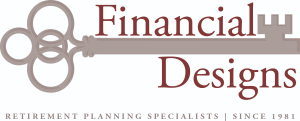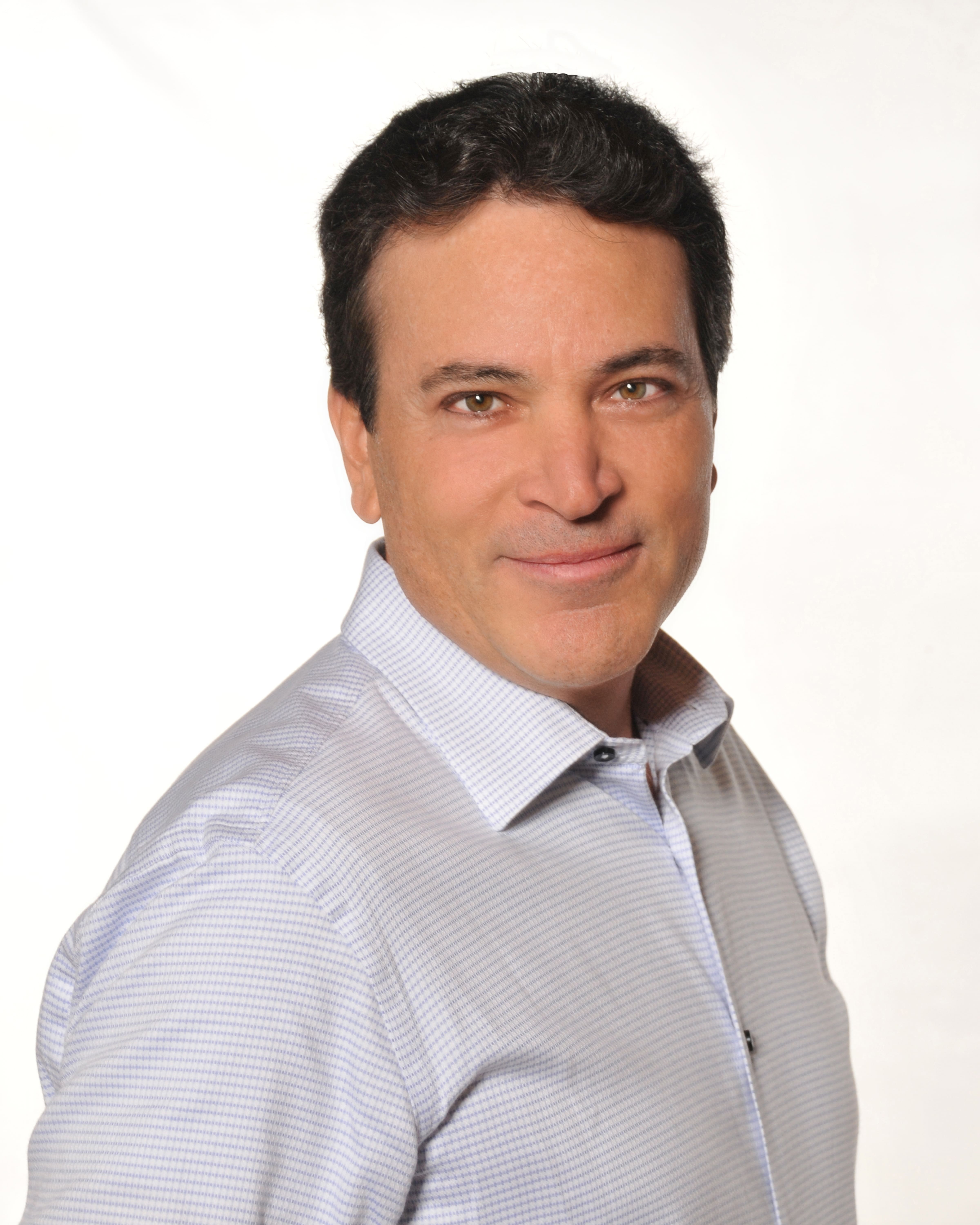By Nino Pavan, J.D., CFP®
Most people don’t love thinking or talking about tax planning unless you are a tax professional. Tax planning is one of those tedious tasks in life you know you have to do but put off as long as possible. It’s still early in 2024, but taking a proactive approach to your tax planning can save you a lot of time and money. So, if you want to keep more of what you earn this year by minimizing your tax liability and maximizing your savings, here are my top strategies.
1. Maximize Your Retirement Contributions
This is one of the best ways to minimize your tax liability. Retirement plans offer useful tax advantages that are not available with a regular savings account. There are several types of retirement accounts to consider, depending on your unique circumstances:
- 401(k), 403(b), and 457 Plans: These accounts allow you to contribute up to $23,000 annually for 2024 ($30,500 if over age 50). Not only that but contributions done pre-tax won’t show up as part of your annual income. This is a great way to defer taxes until your retirement years when you could potentially be in a lower tax bracket.
- Traditional IRA: Contributing to a traditional IRA is another way to reduce your tax liability if your income is within certain limits. You can contribute up to $6,500 for 2023 and $7,000 for 2024, with a $1,000 catch-up contribution limit for those over age 50. Unlike the qualified retirement plans listed above, contributions to a traditional IRA can be made until the April 15th tax filing deadline.
- Roth IRA: This is an attractive savings vehicle for many reasons, including no required minimum distributions (RMDs), tax-free withdrawals after age 59½, and the ability to pass wealth tax-free to your heirs. The contribution limits are the same as traditional IRAs. However, Roth IRAs have income restrictions and you may not be able to open an account outright if you are above certain limits.
- Solo 401(k): This type of retirement savings plan is geared towards self-employed people such as freelancers, independent contractors, and small business owners with no employees. The contribution limits have changed significantly for 2024, with limits up to $69,000. Like other types of 401(k) plans, these contributions will reduce your current-year taxable income but would be taxed upon distribution in retirement.
2. Consider Roth Conversions
If you are outside of the income eligibility threshold for Roth IRAs but still want to take advantage of the Roth tax benefits, a Roth conversion could be the right strategy for you. It works by paying the income tax on your pre-tax traditional IRA and converting the funds to a Roth IRA.
You could also consider the mega backdoor Roth and backdoor Roth IRA strategies:
- Mega Backdoor Roth: With this strategy, you would convert a portion of your 401(k) plan to a Roth. This involves first maximizing the after-tax, non-Roth contributions in your plan, then rolling it over to either a Roth 401(k) or your Roth IRA. With the mega backdoor Roth, you convert a portion of your 401(k) plan to Roth dollars.
- Backdoor Roth IRA: In this case, you would make an after-tax (non-deductible) contribution to a traditional IRA. You then immediately convert the funds to a Roth IRA to prevent any earnings from accumulating. This strategy makes sense if you don’t already have an IRA set up yet.
All three Roth conversion strategies will allow the contributions to grow completely tax-free and allow you to avoid future RMDs, which is helpful if you expect to be in a higher tax bracket in the future.
3. Contribute to a Health Savings Account
An efficient but underutilized way to maximize your savings and minimize your taxes is to contribute to a health savings account (HSA). HSAs offer triple tax savings: contributions are tax-deductible, earnings grow tax-free, and you can withdraw the funds tax-free to pay for medical expenses. Unused funds roll over each year and will essentially become an IRA at age 65, at which point you can withdraw funds penalty-free for non-medical expenses. You must be enrolled in a high-deductible health plan to qualify for an HSA.
HSAs can be a great tax-management tool if you can pay medical expenses out of pocket and leave the HSA funds to grow. The 2024 contribution limits for HSAs are $4,150 for individuals and $8,300 for families. If you are 55 or older, you may also be able to make catch-up contributions of $1,000 per year. You have until April 15th for your contributions to count for the previous year’s tax return.
4. Contribute to a Donor-Advised Fund
If you itemize your tax deductions because of charitable contributions, you may want to consider investing in a donor-advised fund (DAF). You can contribute a lump sum all at once and then distribute those funds to various charities over several years. With this strategy, you can itemize deductions when you make the initial contribution and then take the standard deduction in the following years, allowing you to make the most out of your donation tax-wise.
You can also donate appreciated stock, which can further maximize your tax savings. By donating the appreciated position, you avoid paying the capital gain tax that would have been due upon sale of the stock and you are effectively donating more to your charities of choice than if you had sold the stock and donated the proceeds.
5. Make a Qualified Charitable Donation
If you own a qualified retirement account and are at least 70½, you can use a qualified charitable distribution (QCD) to receive a tax benefit for your charitable giving. Since this is an above-the-line deduction, it can be used in conjunction with other charitable tax strategies. A QCD is a distribution made from your retirement account directly to your charity of choice. It can also count toward your RMD when you turn age 73, but unlike RMDs, it won’t count toward your taxable income. Individuals can donate up to $100,000 in QCDs per year, which means a married couple can contribute a combined amount of $200,000!
6. Utilize Tax-Loss Harvesting
Tax-loss harvesting involves selling investments at a loss to offset the gains in your portfolio. By realizing a capital loss, you can counterbalance the taxes owed on capital gains. The investments that are sold are usually replaced with similar securities to maintain the desired asset allocation and expected return.
With the ups and downs the market experienced in 2023, chances are you have some capital losses that can be utilized. For example, if you are expecting a large capital gain this year, sell an underperforming stock and harvest the losses to offset your gain.
Tax-loss harvesting can also be used to reduce your ordinary income tax liability if capital losses exceed capital gains. In this case, up to $3,000 can be deducted from your income, and capital losses over this amount can be carried forward to later tax years.
7. Understand Long-Term vs. Short-Term Capital Gains
Understanding the tax implications of long-term versus short-term capital gains can go a long way in reducing your tax liability. For instance, in 2023 a married couple filing jointly would have paid 0% capital gains tax on their long-term capital gains if their taxable income falls below $89,250. That rate jumps to 15% and 20% for taxable incomes that exceed $89,250 and $553,850, respectively. Understanding where you fall on the tax table is an important part of minimizing your liability.
Gains that are short-term in nature (held less than one year) will be taxed at your marginal tax bracket, which could be up to 37%! Knowing both the nature of your gain, as well as your tax bracket, is crucial information if you want to minimize your tax liability.
8. Take a Qualified Business Income Deduction
Business owners involved in partnerships, S corporations, or sole proprietorships can take a qualified business income deduction (QBID) to help reduce taxable income and maximize tax savings. This allows for a maximum deduction of 20% of qualified business income, but limits apply if your taxable income exceeds a certain threshold. To qualify for this deduction, consider reducing or deferring income to remain below the phase-out threshold. A great way to do this is to maximize your retirement contributions to tax-advantaged accounts (as discussed in point #1).
9. Consider Estate Tax-Planning Techniques
Estate tax-planning techniques can also be an effective way to reduce current-year tax liability. For 2024, the lifetime exemption for assets that can be given gift-tax-free is estimated at $13.61 million for individuals and $27.22 for married couples (12.92 million for 2023).
The annual gift tax exclusion increased to $18,000 per recipient in 2024, up from $17,000 in 2023. This is the annual amount taxpayers can give tax-free without using any of the above-mentioned lifetime exemptions. Not only that, but the annual exclusion applies on a per-person basis, so each taxpayer can give $18,000 per person to any number of people per year.
Though gifting and other estate tax-planning strategies are not tax-deductible, they can help to significantly reduce your taxable estate over time.
10. Make Sure Your Advisory Team Is Working Together
Beyond consulting with a tax professional, you’ll want to be sure your entire financial team is working together to provide cohesive oversight and guidance. This should include professionals like CPAs, financial advisors, investment advisors, and estate attorneys. Your finances don’t exist in a bubble and so neither will your tax-minimization strategies. When your advisory team works together, strategies are easier to identify and execute, and proactive tax solutions become much easier to implement, reducing stress and your tax bill.
Start Saving Today
Tax planning can be stressful, but it doesn’t have to be if you partner with an experienced advisor. At Financial Designs, we can help you navigate these tax-saving strategies and help you financially prepare for and confidently enjoy your retirement years. If you are ready to get started, we would love to hear from you. To schedule a no-obligation consultation, call (909) 626 1642 or email fdc@fdcadvisors.com today!
About Nino
Nino Pavan is President and a CERTIFIED FINANCIAL PLANNER™ professional at Financial Designs, a retirement planning firm in Claremont, California, with the mission of enabling individuals and families to financially prepare for and confidently enjoy their retirement years through goal-centered planning. With more than 30 years in the financial services industry, Nino is thankful for the opportunity to serve his clients by making the retirement process a stress-free one; he worries about their money so they don’t have to!
Nino holds a law degree from the University of Southern California, a Bachelor of Science in Telecommunications Management from DeVry Institute of Technology and has been a contributing advisor to Kiplinger. In addition to being a CERTIFIED FINANCIAL PLANNER™ professional and Investment Advisor Representative, Nino has passed the Series 7, 24, and 63 securities exams and holds life and disability insurance licenses. He also conducts retirement and estate planning workshops for employees of major California companies. Outside of the office, Nino enjoys sports (regular and fantasy), traveling (specifically tropical destinations), walking, pickleball, church activities, and spending time with his wife Sherry and their two children, Derek and Sara. To learn more about Nino, connect with him on LinkedIn.







